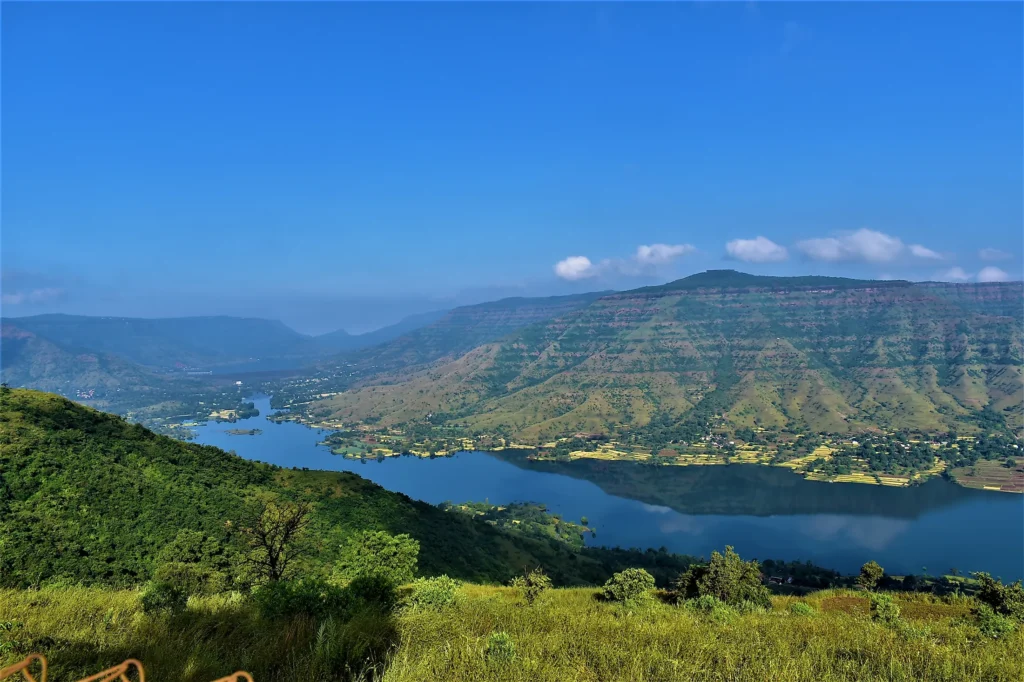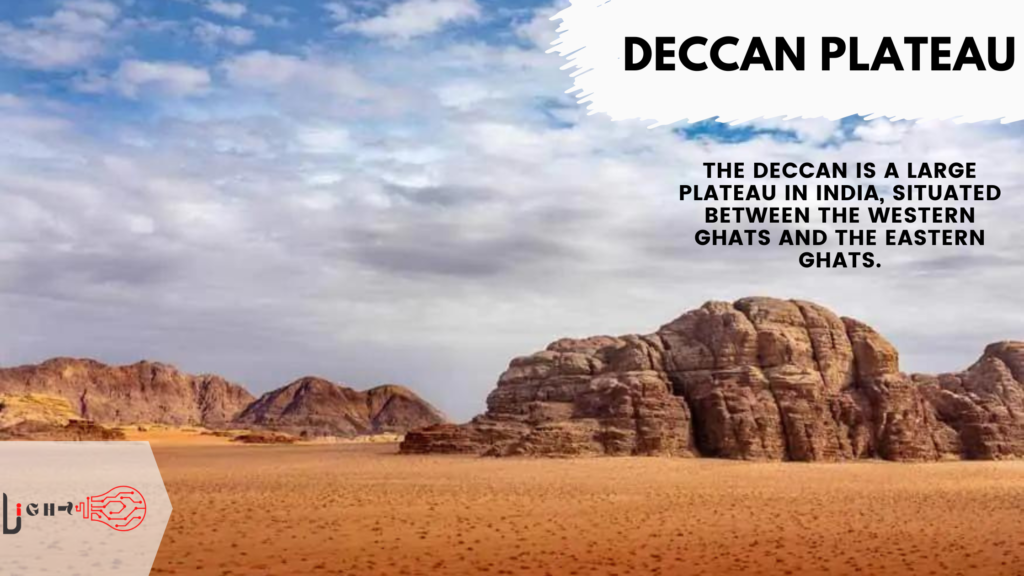Introduction
The Deccan Plateau, covering a large part of southern India, is one of the country’s most distinctive geographical features. Stretching over eight states, this expansive plateau is characterized by its rich natural resources and diverse ecosystems. The elevation of the Deccan Plateau ranges from 300 to 600 meters, contributing to its unique topography. In this blog, we will take a closer look at the Deccan Plateau, exploring its geographical features, historical significance, and cultural richness.
Geological Formation of the Deccan Plateau
The geological history of the Deccan Plateau dates back to the Precambrian era. It is primarily composed of ancient volcanic rock and basaltic lava flows. These formations are a result of massive volcanic eruptions that occurred millions of years ago. The plateau’s structure is further shaped by tectonic activities and erosion. The Western and Eastern Ghats, mountain ranges flanking the plateau, add to its geological diversity. Understanding the formation of the Deccan Plateau provides insights into the earth’s dynamic processes.

Climate and Biodiversity
The Deccan Plateau has a variety of climates. In the north, it is semi-arid, while most of the region has a tropical climate with wet and dry seasons. There are some desert areas in the center. Rayalaseema and Vidarbha are the driest parts. Rain falls during the monsoon season from June to October. From March to June, it can be very dry and hot, with temperatures often over 35°C.
The plateau’s climate is drier compared to the coastal areas and can be arid in some parts. The term “Deccan” specifically refers to the area with rich volcanic soils and lava-covered plateaus in the northern part of the peninsula, between the Narmada and Krishna rivers, rather than all of India south of the Narmada River.
Rivers and Water Bodies
Several major rivers, including the Godavari, Krishna, and Kaveri, originate in the Deccan Plateau and flow eastward into the Bay of Bengal. These rivers are lifelines for the people living in the region, providing water for drinking, irrigation, and hydroelectric power.
Plutonic Rocks: Discover the Earth’s Underground Treasures.
To know more click here:https://light.vintbit.com/general-knowledge/plutonic-rocks-treasure-of-earth/
Historical Significance
The Deccan Plateau has been a cradle of civilization for thousands of years. It has witnessed the rise and fall of several powerful empires and has been a melting pot of diverse cultures and traditions.
Ancient and Medieval History
The region’s history dates back to ancient times, with evidence of human habitation from the Neolithic period. The Maurya and Gupta empires had a significant influence on the Deccan, as did the Satavahanas, who ruled from around 230 BCE to 220 CE. During the medieval period, the Deccan was home to the powerful Chalukya, Rashtrakuta, and Vijayanagara empires. These empires contributed to the region’s architectural and cultural heritage, with impressive temples, forts, and cities.
The Deccan Sultanates
In the late medieval period, the Deccan Sultanates emerged as influential Islamic states. These included the Ahmednagar, Bijapur, Golconda, and Bidar Sultanates. The Deccan Sultanates were known for their contributions to art, architecture, and culture, blending Persian, Turkish, and Indian influences.1
Cultural Richness
The Deccan Plateau is a vibrant tapestry of cultures, languages, and traditions. It is home to a diverse population, with various communities living together in harmony.
Languages and Literature
The region is linguistically diverse, with languages such as Marathi, Telugu, Kannada, Tamil, and Malayalam being widely spoken. The Deccan has a rich literary tradition, with classical works in these languages contributing to Indian literature’s overall richness.
Art and Architecture
The Deccan Plateau boasts a remarkable architectural heritage. The ancient rock-cut caves of Ajanta and Ellora, the magnificent forts of Golconda and Bijapur, and the splendid temples of Hampi are just a few examples of the region’s architectural marvels. The intricate carvings, sculptures, and frescoes found in these sites are a testament to the artistic excellence of the period.
Festivals and Cuisine
The cultural diversity of the Deccan Plateau is reflected in its festivals and cuisine. Festivals like Diwali, Dussehra, and Ugadi are celebrated with great enthusiasm. The region’s cuisine is known for its spicy and flavorful dishes, with specialties like Hyderabadi biryani, Andhra pickles, and Karnataka’s dosas and idlis.
Conclusion
The Deccan Plateau is a large area in southern India, known for its rich history and culture. It has many amazing tourist spots and covers about 600,000 square kilometers, with elevations reaching over 2,000 meters. The plateau is home to various animals, such as the Bengal tiger, Indian leopard, Asiatic elephant, and sloth bear. It also has important archaeological sites, like the ancient city of Vijayanagar. The Deccan Plateau is a place of great diversity, with many different cultures and religions, and a fascinating history.

